How you can actually keep them.
But this isn’t the case….most of the time. I myself have had countless New Years Resolutions that have been lucky to make to the end of January, whether that be completing a Triathlon by the end of the year, to even just sticking to my own personal gym program. I still struggle to make these last longer than a few months. Lifestyle changes are tough to achieve (even when your work is heavily based around this). They take a boatload of commitment and drive to do them on your own. Forbes Magazine found in 2023 on average, new years resolutions only last two to three months. To me this makes a lot of sense. At the start of the year, we are feeling energised and ready for a new year after a restful break through summer. It’s a time of the year where we have reflected on the previous one and develop an idea of where we want to be and what we want to achieve.
Sound familiar? Now imagine how different this could be with a coach. Someone to help you break down the steps required to make your resolution achievable. Having another person to help keep you accountable, boost your motivation when it lags and help break down the barriers that creep up along the way. This is where we can help. As Exercise Physiologists we refer to this process as lifestyle and behaviour change and it is a big part of what we do. The truth is anyone can give you an exercise program, I’m sure you can even ask Chat GPT to write you one. It is the finer details, the how, why and when that are specific to you and everything that is going on in your world that makes the difference.
We can often fall into a trap of missing one or two weeks of training, then never returning. This may be from being ill, getting busy or even better, having a holiday. Whatever the cause, it is a disruption from the new routine and can make it hard to get started again. Instead of falling back into old comfortable habits, you can make that next appointment after your holiday or work with us to learn how best to ease you way back in when you’ve been unwell. Ultimately our goal is always to support you on your journey and that comes in various forms, whether that be breaking down a resolution into achievable steps, or simply modifying an exercise to better suit your body. Together we are more accountable and able to maintain the consistency required to see your resolution through well beyond the first few months. Take that first step in holding yourself accountable and book your next appointment now. Let us help you to make your new years resolution a reality.
0 Comments
Tips from the Simply Stronger teamThe holiday season is upon us, and while it's a time for celebration and indulgence, it's also important to prioritize your health and well-being. Amidst the festive feasts and cozy gatherings, maintaining an active lifestyle can be a challenge. However, with a bit of help you can keep the holiday spirit alive while also keeping yourself active and energized. In this blog post, we'll explore practical tips and creative ideas from the Simply Stronger team to help you stay on track with your activity during this holiday season. Firstly, we want to say the most important thing this holiday season is to enjoy yourself. Relax and enjoy time with family and friends. Yes we want everyone to try and stay as active as possible through this time, but having time to rest and just enjoy yourself is important too.
What ever the activity is you choose to do this festive season we hope you have found these tips helpful. Along with all the other blog posts we have been putting out for you all throughout the year. We do enjoy sharing our thoughts and knowledge with you and appreciate the wonderful feedback you give us. Wishing everyone a very happy holidays and a wonderful new year. We look forwards to working with you again in 2024. The year to do more! Why it is important to keep moving on holiday.
Unfortunately, our veins need some help from the surrounding muscles to stop the blood from pooling. By moving your ankle up and down, you are stimulating what is known as our skeletal muscle pump. The muscles within your calf and shin are contracting and relaxing over the top of the veins pumping the blood back towards your heart. When we are sitting still this doesn't happen and the blood then pools in our ankles and feet, causing them to swell and potentially allowing clots to form.
But what about if you are stuck in a car, with little to no room to move (due to a full car of family, friends, presents, clothes, and even pets). The best course of action, and something I try to regularly do is split up driving time. Having short break periods to get out and stretch my legs, walk around, grab a coffee, or just find a small country town to explore for a few minutes. This is such a great way to get our body moving again, and activate that muscle pump.
The key thing to remember is to keep moving, in any way that we can. Our body wants to move, and loves to move. Being stuck in a small seat in a plane, airport or in the back of the car is not what we are designed for, so lets do something we know our body is meant to do.... Move. We've all heard that exercise is good for your mental health, and the age-old wisdom behind this statement holds truer than ever. Beyond its well documented physical benefits, regular physical activity plays a vital role in supporting and enhancing our mental wellbeing. In this blog, we will delve into five essential ways that exercise positively impacts our mental health, offering you even more reasons to lace up those runners and get moving. So, if you need some motivation to prioritise your physical health and mental wellness, read on to discover the powerful connections between exercise and mental wellbeing.  1. Improves Mood One of the most immediate and noticeable benefits of exercise on mental health is its mood-boosting effects. When you engage in physical activity, your brain releases endorphins, which are often referred to as "feel good" hormones. These endorphins create a natural high, reducing stress and promoting a sense of happiness and relaxation. Regular exercise has been shown to alleviate symptoms of depression and anxiety, making it a powerful tool for combating mood disorders.  2. Stimulates Creative and Flexible Thinking Exercise is not only about physical fitness; it's also a workout for your brain. When you're active, your brain experiences increased blood flow and oxygen, which enhances cognitive function. This boost in brainpower can lead to more creative and flexible thinking. Whether you're tackling a complex problem at work or simply looking for creative inspiration, exercise can help you think outside the box and find new solutions to challenges.  3. Protects Cognitive Function As we age, cognitive decline becomes a concern for many. However, regular exercise can serve as a powerful defense mechanism against age-related cognitive decline. Studies have shown that physical activity is associated with a reduced risk of conditions like Alzheimer's disease and dementia. This protective effect is due to exercise's ability to promote neuroplasticity, the brain's ability to adapt and reorganise itself, and the creation of new brain cells. 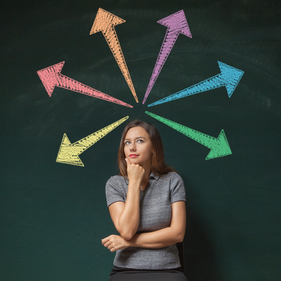 4. Aids in Decision Making and Planning The ability to make sound decisions and plan effectively is a fundamental aspect of good mental health. Exercise can significantly enhance your cognitive function, allowing you to make better choices and organise your thoughts more effectively. This is particularly important in high-stress situations where clear thinking and efficient decision-making are crucial. Regular exercise can give you the mental edge you need to tackle life's challenges.  5. Boosts Memory and Recall If you find yourself frequently forgetting names, appointments, or where you left your keys, exercise might be the solution you've been looking for. Physical activity has a positive impact on memory and recall. It stimulates the production of neurotrophic factors, which are essential for long-term memory. Furthermore, exercise increases the size of the hippocampus, a brain region associated with memory and learning. By engaging in regular exercise, you can sharpen your memory and boost your ability to recall information. Incorporating exercise into your daily routine is a powerful and natural way to enhance your mental health. Not only does it improve your mood, stimulate creative thinking, and enhance and protect cognitive function, but it also aids in decision making, planning, and memory recall. The benefits of exercise extend far beyond physical fitness, making it an essential component of a holistic approach to mental wellbeing. So, the next time you're feeling stressed or struggling with a complex problem, consider taking a break and going for a run, walk, or weights session – your mind will thank you.
Feeling inspired to embrace exercise and start feeling the positive effects on your mental health as well as your physical. Come on down to Simply Stronger, where our exercise physiologists can help you to build an exercise plan that works for you. We work with you, taking a holistic approach to your health. Looking at not only what exercises will help to support your physical and mental wellbeing, but also how best to use this exercise to fit into your life. We are all unique and deserve an approach that support you as a whole person. Today we herald in Women's Health Week and this year the theme is "Grow your knowledge". As such we thought we would start the campaign sharing with you four lesser known facts about women's health. The facts I have chosen to share are all lessons I have been surprised to learn about myself. They feel like they should be common knowledge, but somehow they aren't. Let's change that. Menopause is a single day! You read that right, menopause is a single day. I had no idea. I honestly thought menopause was the whole time period when your hormones change, as you move out of your reproductive years. That period of time is actually perimenopause. Perimenopause is the time where you still have cycles, but they are changing, becoming shorter and eventually less frequent leading to menopause. Being the day that marks 12 months since your last menstruation. Everything after this is referred to as post menopause. Heart attacks can feel different! While chest pain is the most common symptom experienced by both women and men experiencing a heart attack the pain experienced by women can also be present in the upper back, arms, neck and jaw. Rather than the crushing pressure commonly associated with a heart attack, women may have other non painful symptoms such as:
1 in 9 women live with Endometriosis! Growing up we are led to believe that periods are painful and that this experience is normal. I always thought of myself as one of the lucky ones with very little discomfort during menstruation. Periods can have many symptoms associated with them but pain shouldn't be one of them. This normalisation of painful periods by society and the medical profession can make it hard for people experiencing painful periods to be heard and believed. Did you know the average time it takes to be diagnosed with endometriosis is 6.5 years! 11% of our population live with this disease, yet it takes on average 6.5 years. Well I can certainly believe that. A few years ago I began to experience painful periods along with excessive bleeding even after my period had ended. While I din't have endometriosis I have managed to grow a uterine fibroid. The first two delightful internal ultrasounds both found the solo fibroid but each time I was told it couldn't possibly be responsible for the symptoms I was reporting. Spoilers, it was. Painful periods are not normal, spread the word. Period poops are a thing! Yep, period poop is a thing. I had no idea, knowing this was something I experienced but not really discussing it with anyone until I read in Maisie Hill's book Period Power that it is so common. Now I talk about it often, removing the taboo of talking about periods. In the lead up to menstruation, prostaglandins stimulate the smooth muscle of the uterus to contract, helping it to shed the lining. These little prostaglandins can also stimulate the bowel creating and increased need to poop in the lead up and during menstruation. The act of sitting and maintaining static postures for prolonged periods has become a common demand in many modern job environments. Evolution of technology has led to increasingly sedentary roles, resulting in individuals spending extensive hours seated at desks or workstations. Sure, this sedentary nature of work has its advantages in terms of productivity and focus. However, prolonged sitting can lead to issues such as muscle stiffness, poor circulation, and postural imbalances, which may contribute to discomfort and musculoskeletal problems over time. In this blog we are going to show you six exercises that can help you to unwind the stiffness and reduced those muscle imbalance that come from holding any posture for an extended period.
While sitting for extended periods for work is for many of us a fact of life, it doesn't have to lead to aches and pains. Caring for your body regularly throughout the day with these six exercises and your body will thank you. If you're looking for some more exercises that are more specific to your posture book an appointment with one of our exercise physiologists and we'll help build you a routine that keeps you moving and feeling stronger and more comfortable in your posture. We can even work with you remotely to develop a treatment plan to help you reach any goals you may have, whether that be improving your posture to feel strong rather than stiff and weak or to reduce any aches and pains you may be experiencing. Did you know we can see you via Telehealth as well as face to face. Telehealth has proven to be a fantastic option to help our clients reach their health goals when coming into Simply Stronger is not the easiest option. As an added bonus we can visibly see your workspace (both at home and in the office) to develop plans of where and how you can complete exercises within your work day, and how to break up those long sitting periods. Helping you to get moving and feeling better in your body. Categories All Challenging the concept of "Bad Posture"
Posture has been a topic of concern for generations, with many people associating it with health problems and physical discomfort. We have been taught to believe that "bad posture" can lead to a myriad of issues, from back pain to decreased lung capacity. However, it's time to question whether the concept of "bad posture" is an accurate representation of how our bodies function. In this blog, we'll explore the notion that there is no such thing as bad posture and how adopting a more holistic perspective on our body mechanics can lead to a healthier and more accepting approach to our physical selves. The Myth of "Bad Posture" The term "bad posture" implies that there is a correct, one-size-fits-all way of holding our bodies, but this idea oversimplifies the complexity of human anatomy. Each person's body is unique, and what might be considered "bad posture" for one individual could be completely normal and functional for another. Our bodies are incredibly adaptable and more resilient than we think. They can adjust to various positions and movements, and adapt to the load they are exposed to. Rather than focusing on the rigid idea of "good or bad posture," it is essential to understand that our bodies are designed to move and change their alignment based on our activities and needs. Embracing Diversity in Postures The human body is not meant to be static or fixed in a single position. Our ancestors, who led a more active and varied lifestyle, did not have the luxury of ergonomically designed chairs or desks. They moved, squatted, and knelt in different postures throughout the day, which helped them build strength, flexibility, and resilience. Today, we should strive to embrace this diversity of movement in our daily lives. Instead of obsessing over maintaining a supposedly "ideal posture," we should focus on incorporating more movement and variety into our routines. Whether it's through strength training, stretching, or regular breaks from sitting, giving our bodies the opportunity to experience different postures can promote a healthier musculoskeletal system. Comfortable and Capable Posture Instead of thinking about our posture as good or bad we should consider
You can begin by paying attention to how your body feels during various activities, this can help you recognise when we need to shift positions or take breaks. Holding certain postures for extended times is simply a fact of modern life. For some of us this can feel quite comfortable, for other however it can be tiring and lead to discomfort. In out next blog post we will explore six exercises to help you unwind a static posture. So make sure you're following us on Facebook and Instagram to keep up with all our tips over the month of August as we discuss posture all month long.
How much should I be doing? The best starting point is to look at meeting the Australian Guidlines for Exercise and Physical Activity, which we have discussed previously. But a combination of both aerobic and resistance exercises throughout the week will be most beneficial for both immediate and long term management and control of diabetes. The best thing about exercise, is that we don't need specialised equipment to get started. You can start with aerobic exercises like going out for a walk around a local park, or just around the block. For resistance training it can be exercises like squats, push ups and step ups. As Exercise Physiologist we can help you get moving and stay active with exercise programs that are designed specifically for you, taking into account of your unique goals and needs. There are many ways you can see an EP at Simply Stronger.
Categories All
There are many ways you can see an EP at Simply Stronger.
Categories All Blood Glucose? Your blood glucose level is the amount of sugar (glucose) present in your bloodstream. Glucose is the body's main source of energy and comes from the digestion of carbohydrates in our diet. It then gets transported through the blood to different parts of the body for energy production. Having the right level of glucose in your blood is important for your overall health. Our bodies manage our blood glucose levels using hormones called insulin and glucagon, which are produced by the pancreas. When our blood glucose levels are elevated insulin helps lower our levels by moving glucose from the blood into cells. Conversely when more glucose is needed within the blood glucagon raises releases stored glucose from the liver. Normal blood glucose levels can vary, but typically, blood glucose levels will generally sit between 4.0 and 7.8mmol.L (millimoles per litre of blood). Low blood glucose levels, known as hypoglycemia, can occur due to certain medications, underlying health issues or if it has simply been too long since consuming sugar. High blood glucose levels known as hyperglycemia is common in diabetes, where the body doesn't produce enough insulin or doesn't use it effectively resulting in high levels of blood glucose. Prolonged abnormal blood glucose levels can indicate conditions like diabetes, where cells do not react to insulin correctly or become resistant to insulin itself. People with diabetes need to regularly monitor their blood glucose levels. To do this they can use a blood glucose meter which measures glucose levels from a small blood sample obtained by pricking a finger. Monitoring helps them manage their condition by helping them track the impact of diet, exercise, medications, and informed decisions about how to use these along with insulin dosage to keep their blood glucose under control. Next week Coming up next week we explain role exercise plays in managing your blood glucose levels. Categories All |
AuthorSimply Stronger - here to make exercise simple. Understanding why you should exercise is a giant step towards wanting to exercise. Archives
January 2024
Categories
All
|





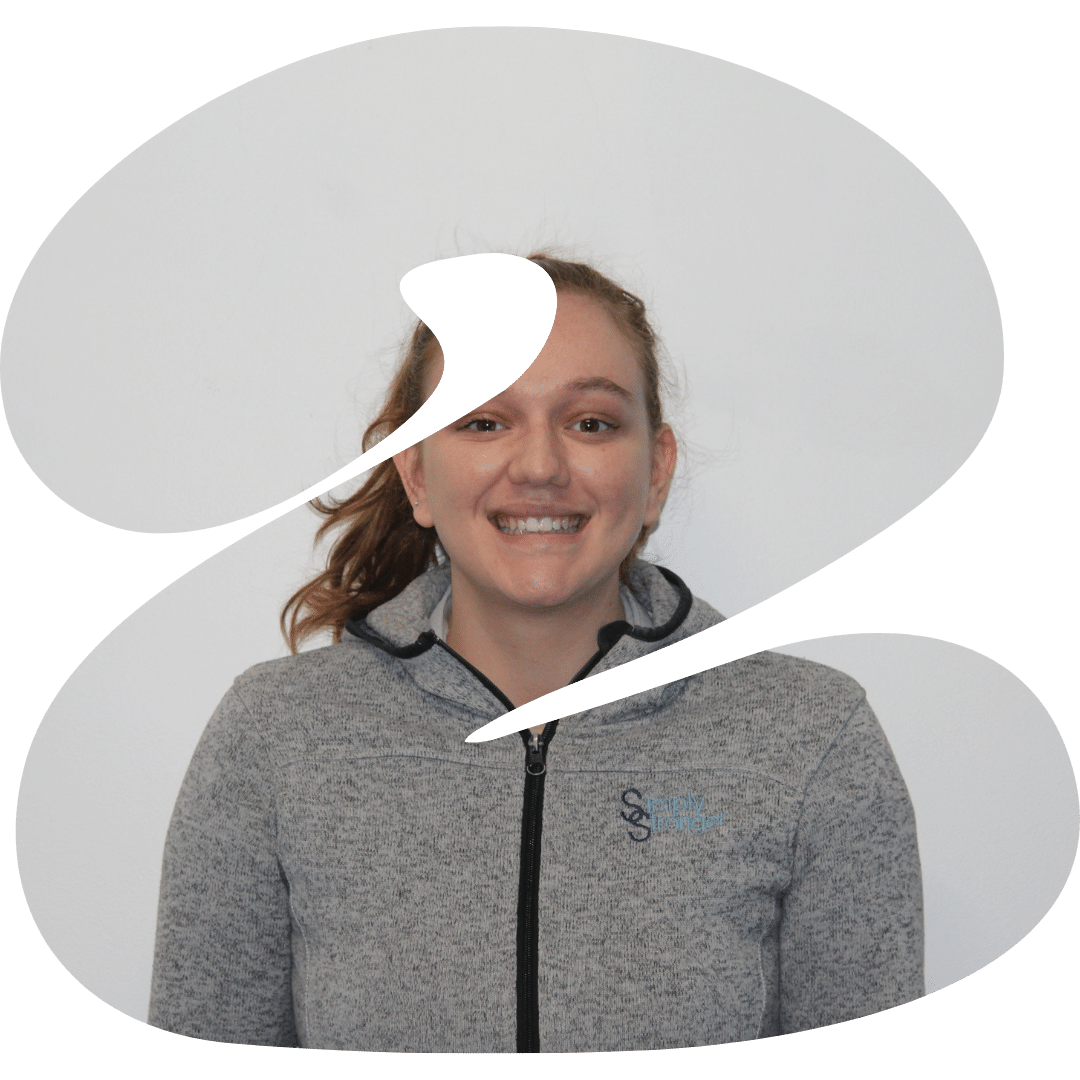






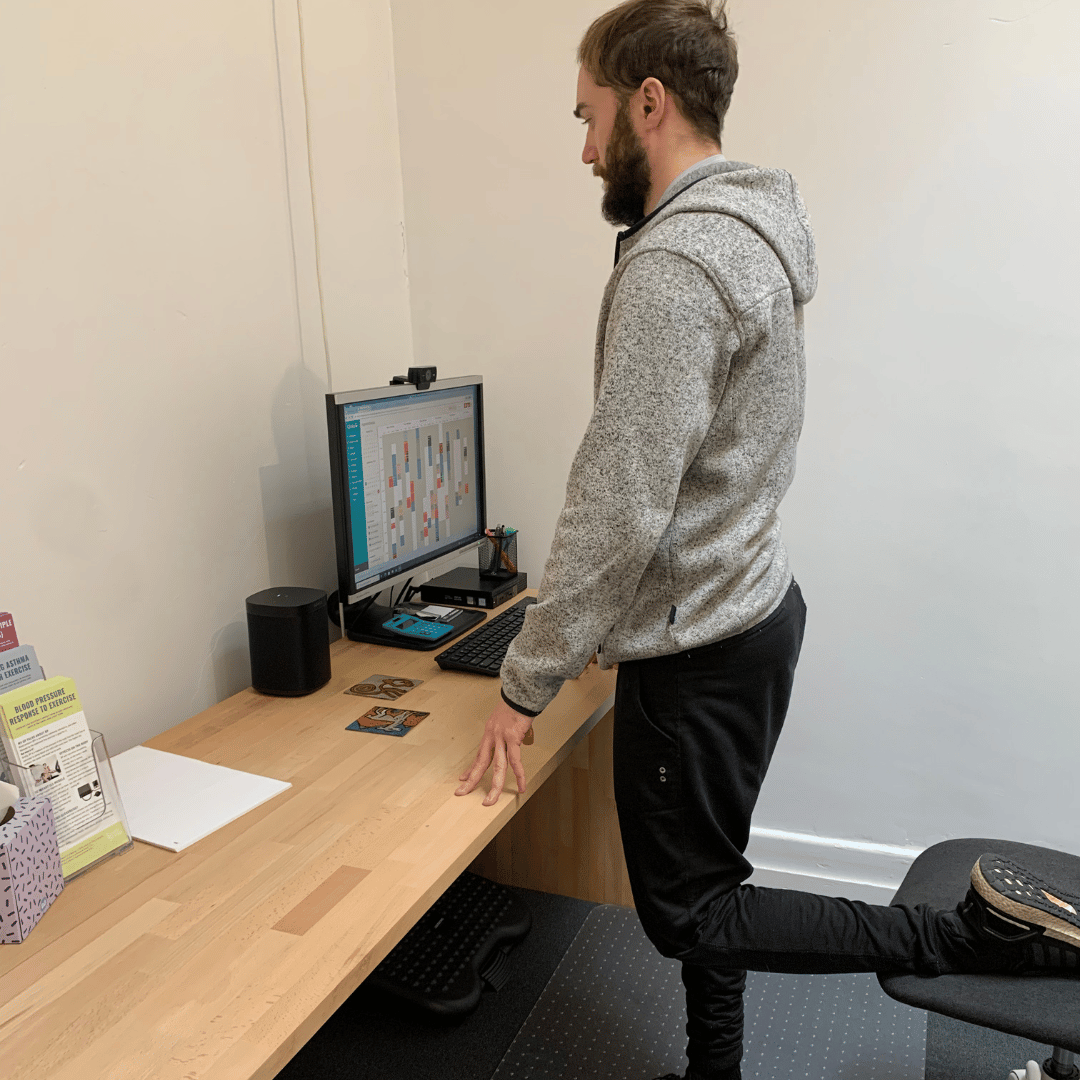


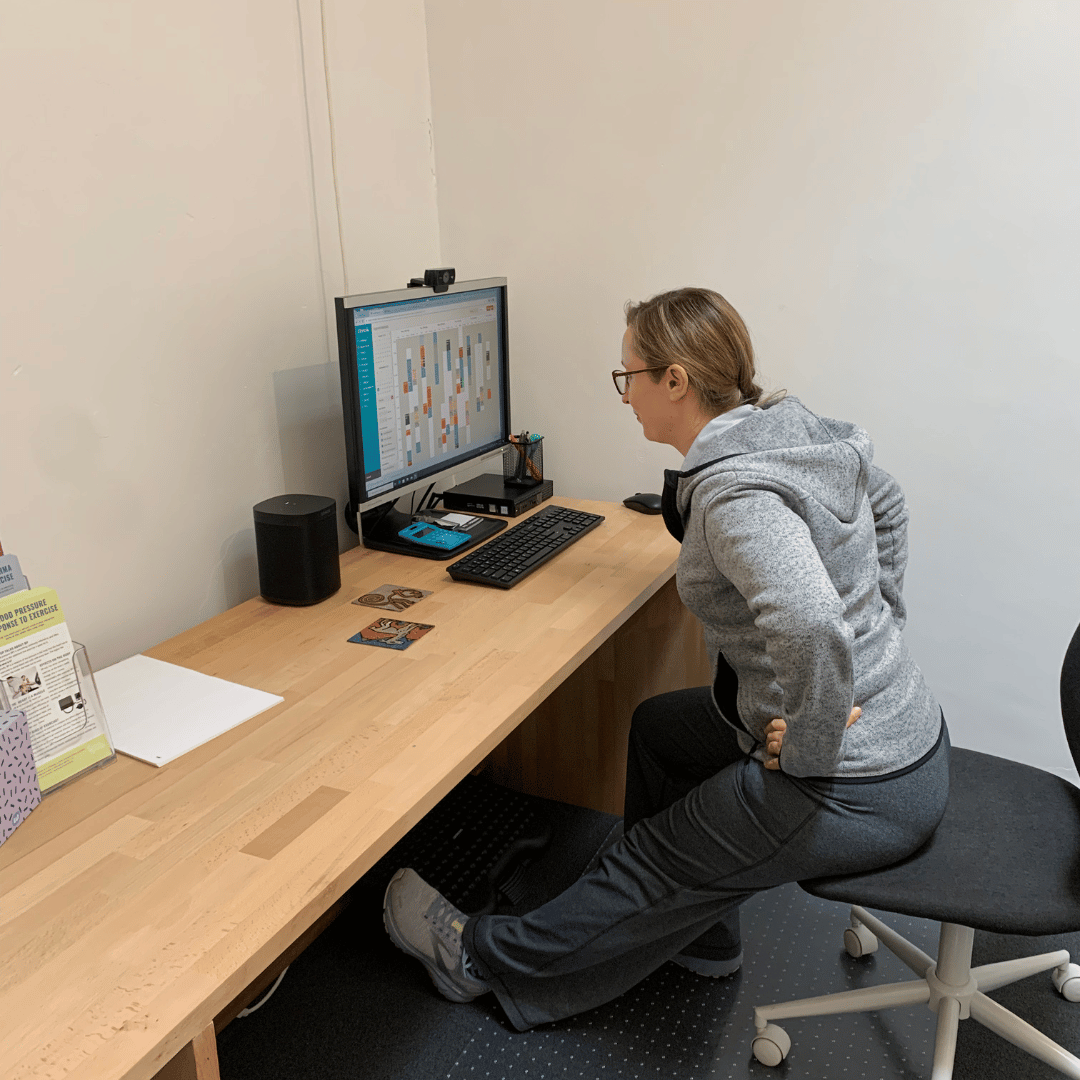



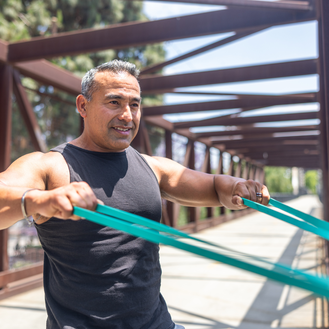






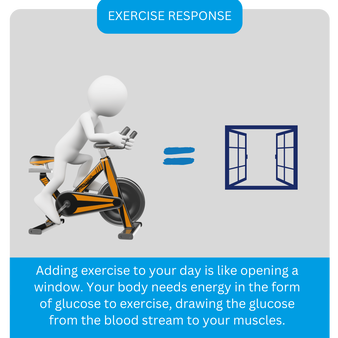



 RSS Feed
RSS Feed